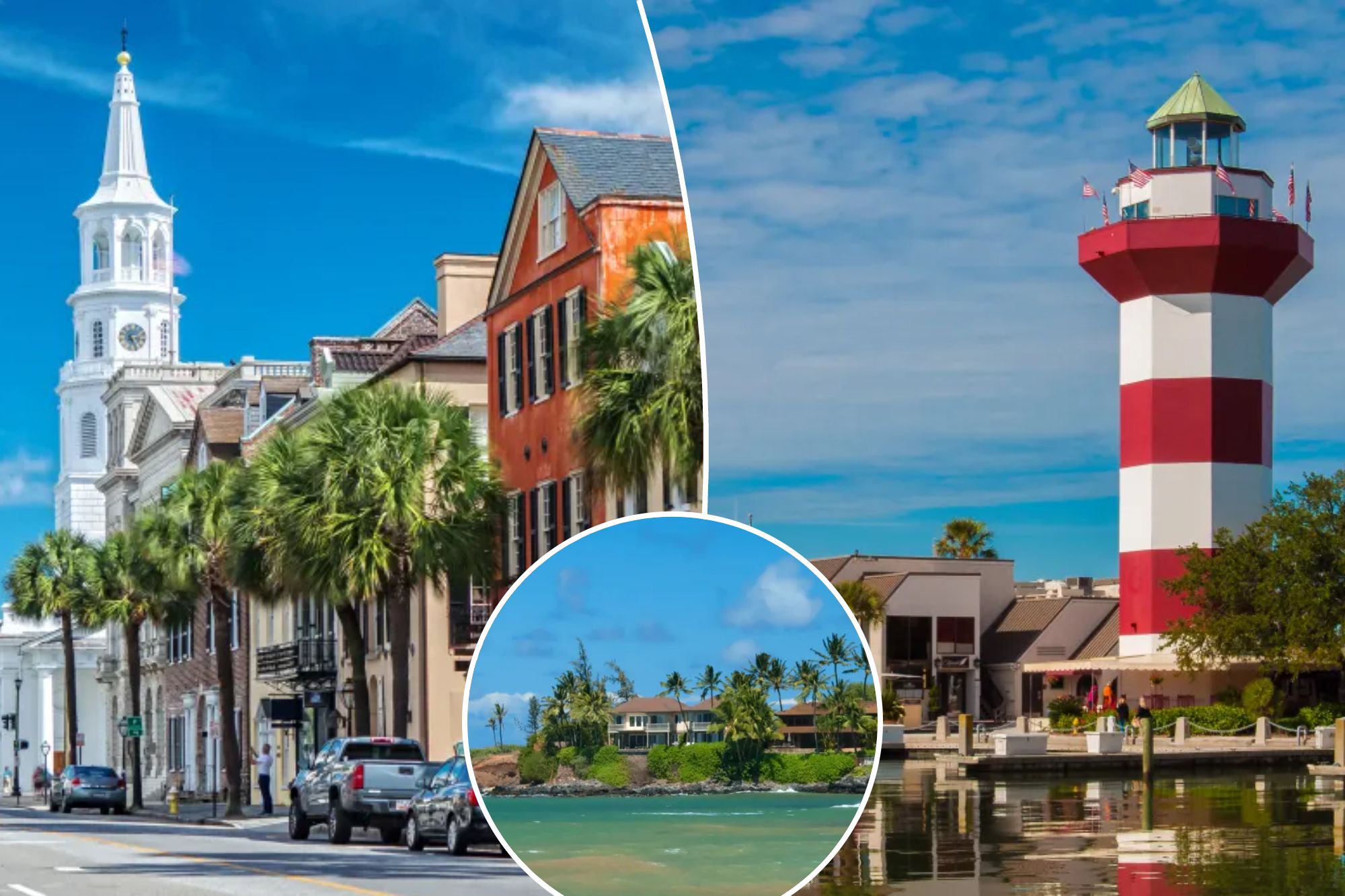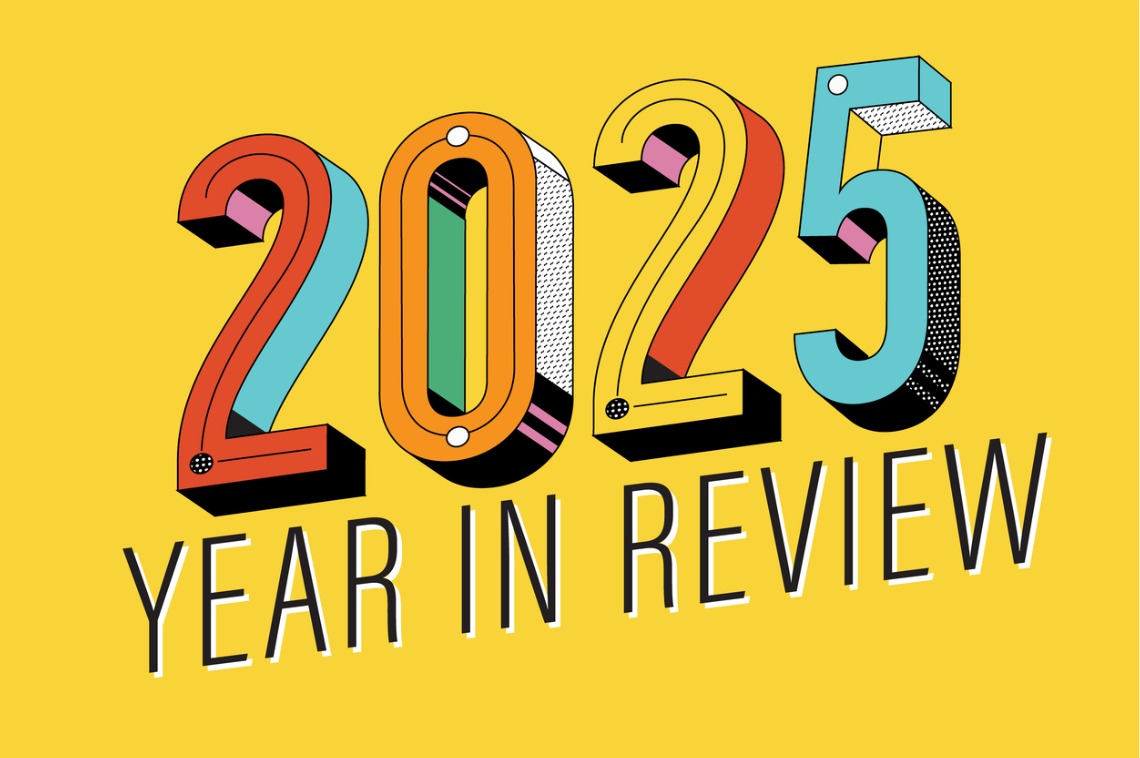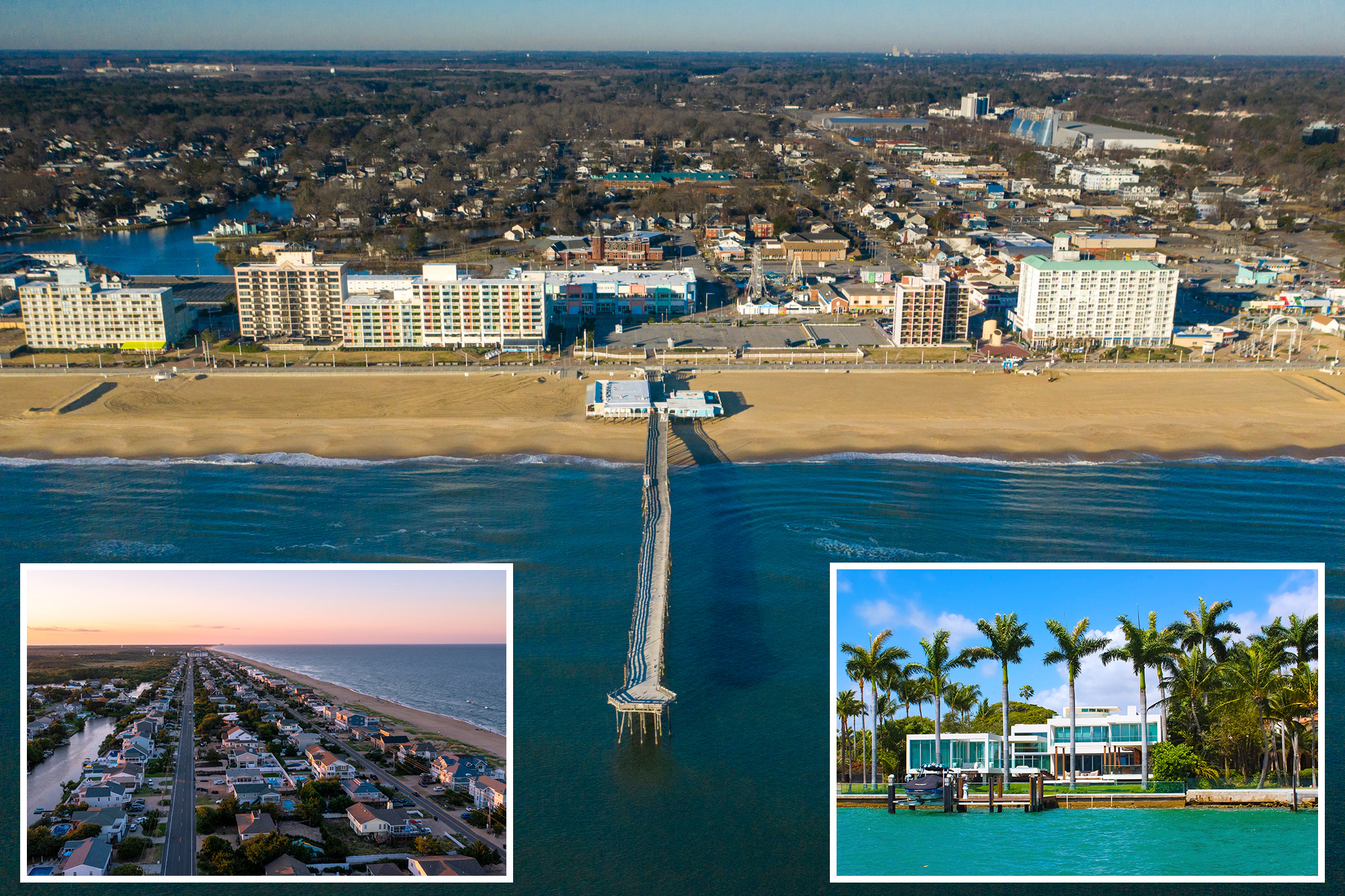A
s Labor Day approaches, many travelers are rushing to book short-term rentals in coastal areas of the US. According to AirDNA's latest data, July demand for vacation rentals reached a record 26.4 million nights, up 3.6% from last year, despite economic uncertainty and weak employment numbers.
Despite the average daily rate increasing by nearly 6.9% to $351, Americans are still indulging in travel. "Summer vacation is usually one of the last things people give up," says AirDNA Chief Economist Jamie Lane. "It would take a lot for people to pull back on those types of vacations."
Travelers are also opting for larger and more expensive rental properties, with demand for six-plus bedroom properties growing 13 times faster than single-bedroom listings since February. However, occupancy averaged 67.4%, down 1.1% from last year due to an increase in listings.
Foreign tourists, however, have turned their backs on the US, with international demand for short-term rentals plummeting 16% from last year, led by a sharp decline in Canadian stays. Canadians are increasingly retreating from US markets in response to President Trump's tariff policies.
Fortunately for Airbnb and Vrbo hosts, Americans filled the gap, driving the majority of summer bookings. Coastal areas stood out for registering the highest revenue per available rental (RevPAR) growth in July, led by Maui, HI, which saw a 17.3% year-over-year surge despite recovering from deadly wildfires.
Maui's tourism turned a corner this year following the disruption caused by the fires, with demand coming back strongly as people became aware that the island was welcoming tourists again. However, the short-term rental sector in Maui is currently in flux due to a proposed bill to ban rentals in areas dominated by multifamily housing.
Hilton Head Island, SC, and Charleston, SC, also showed strong RevPAR growth, with Hilton Head posting a 14.5% rise in revenue compared to last year, largely driven by higher rates. Lane attributes the surge in popularity of coastal hotspots like Hilton Head and Charleston to domestic travelers opting for beach vacations this summer.
The weakening US dollar against the euro may be driving the luxury segment of short-term rentals, with families choosing high-dollar rental properties in the US where their money goes further. This potentially spells good news for those looking to purchase an investment property as a short-term rental, following a rough patch marked by oversupply and lack of demand.
Supply of short-term rentals stumbled in July after two months of growth, but if the Federal Reserve follows through with an interest rate cut in September, STR supply could see stronger growth. Many would-be vacation-home buyers are staring down still-high mortgage rates as another blocker, but relief on the rate front is anticipated through the rest of 2025.














